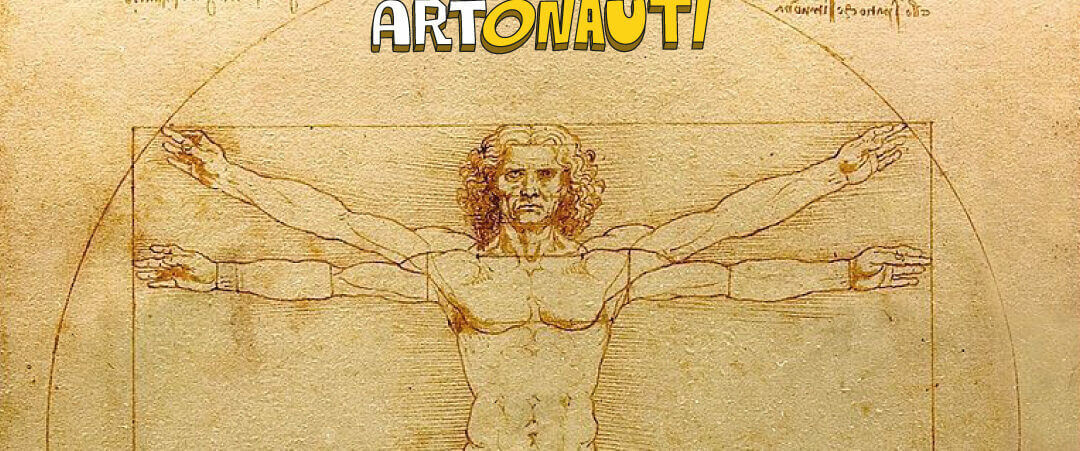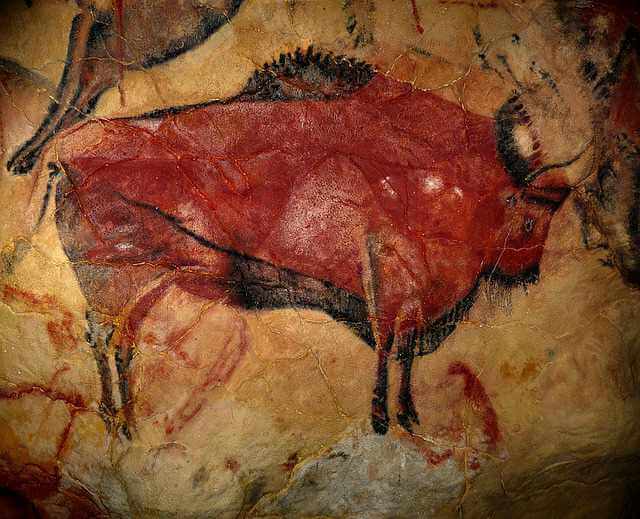Poised between Art and Science

Art and science intertwine and influence each other much more than we tend to believe. Both require curiosity and creativity, and both are the essence of human ingenuity, but we often succumb to the idea that they are two totally separate aspects. In fact, we tend to believe that one has a scientific mind and the other a humanistic mind.
That’s not true.
The cave paintings dating back approximately 36,000 years ago demonstrate that Stone Age people carefully observed the animals they hunted so that their paintings would be accurate. Not only that, but they also knew how to extract pigments from various natural materials. We could say that they were artists, but also scientists.

When, 5,000 years ago, humans began extracting metals from rocks, this new discovery was not only used to make tools but also works of art such as magnificent jewellery.
Art and science have always mirrored each other: if we go back to ancient Greece, atomist philosophers had already imagined the world as made up of tiny, indivisible particles (atoms), and Lucretius, a Latin poet of the 1st century BC, put Epicurus’ science into Latin verse.
And what about Galileo? Founder of a new science, he expounded his discoveries in works of great literary merit, so much so that centuries later Italo Calvino described Galileo as the greatest writer in the Italian language.
At the end of the 1950s, Primo Levi, responding to Charles Percy Snow’s claim that there was a separation between “the two cultures”, the scientific and the humanistic, wrote:
– “I have often set foot on bridges that connect (or should connect) scientific culture with literary culture, stepping over a chasm that has always seemed absurd to me. This separation between scientific culture and humanistic culture, if it exists, is an unnatural, unnecessary and harmful schism, the result of distant taboos and the Counter-Reformation, if not dating back to a petty interpretation of the biblical prohibition on eating a certain fruit. Empedocles, Dante, Leonardo, Galileo, Descartes, Goethe, Einstein, the anonymous builders of Gothic cathedrals, Michelangelo did not know her; nor do today’s skilled craftsmen or physicists hesitating on the brink of the unknowable.
And what does this discussion matter to us, who are neither artists nor scientists?
Let us be amazed by beauty in its broadest sense, without fear of having a “mathematical mind” or, conversely, an “artistic mind”, and let children also have meaningful experiences, giving them the time, space and materials to stimulate creativity, understood as the process through which something new is created (a work of art, an idea, an object or an invention).
This and much more will be covered in the new album Artonauti Art and Science.
If you would like to stay in touch with us, subscribe to our newsletter; we promise to use it respectfully, sharing Artonauti content and news with you!
DISCOVER THE ART AND SCIENCE ALBUM